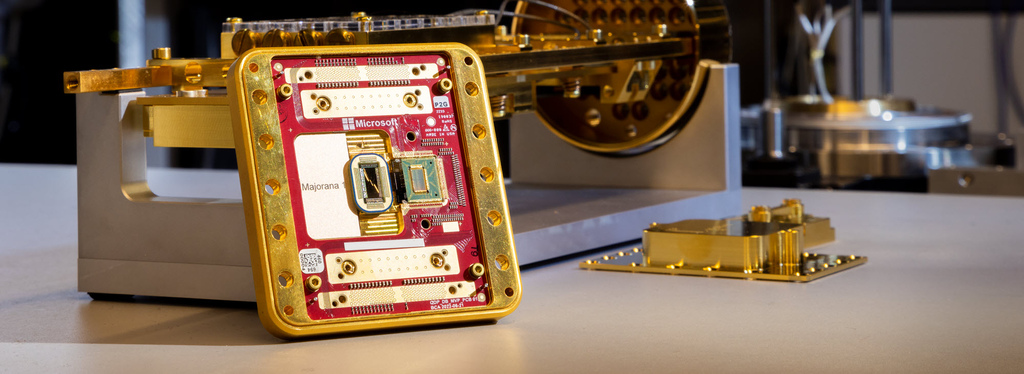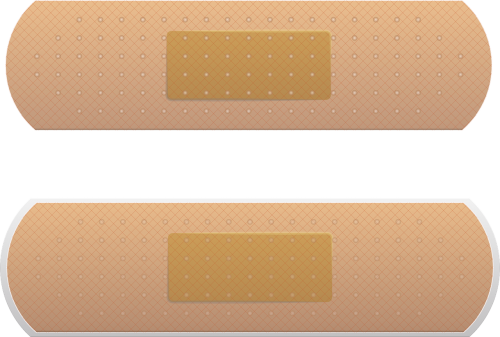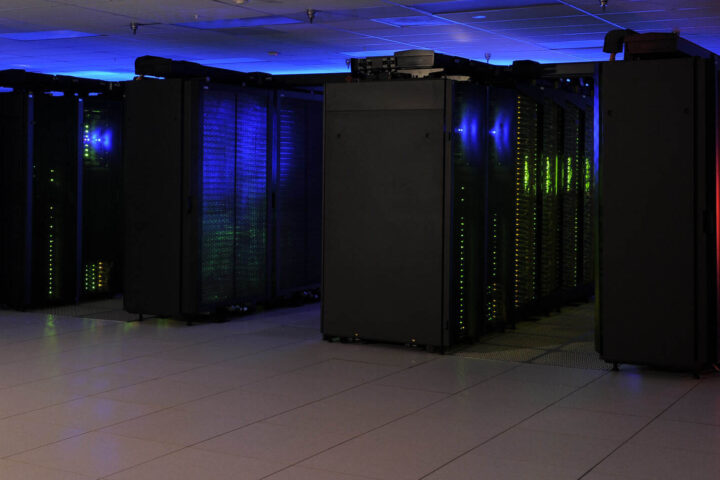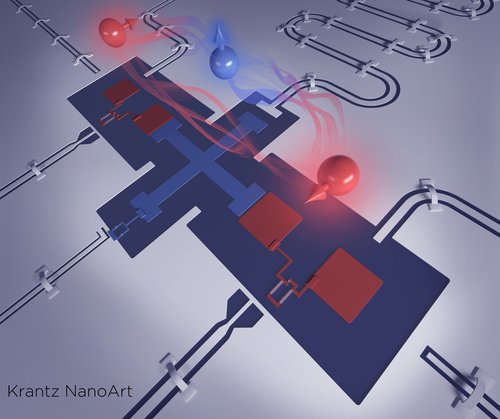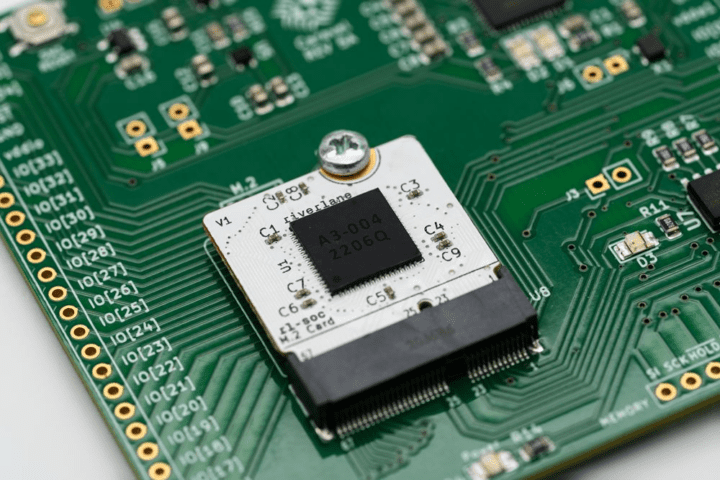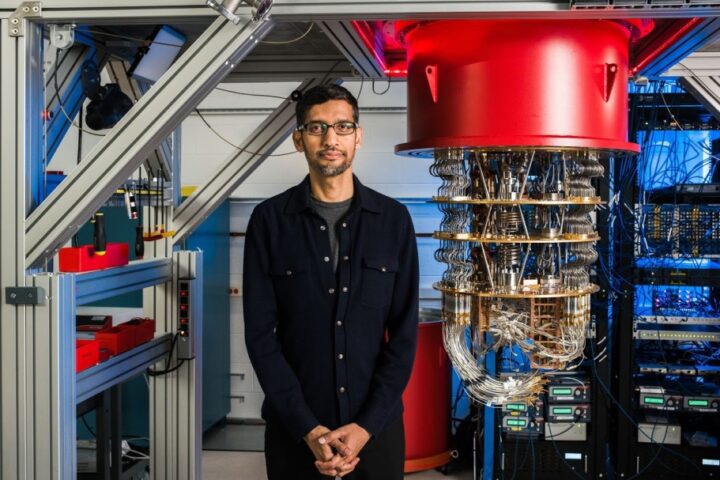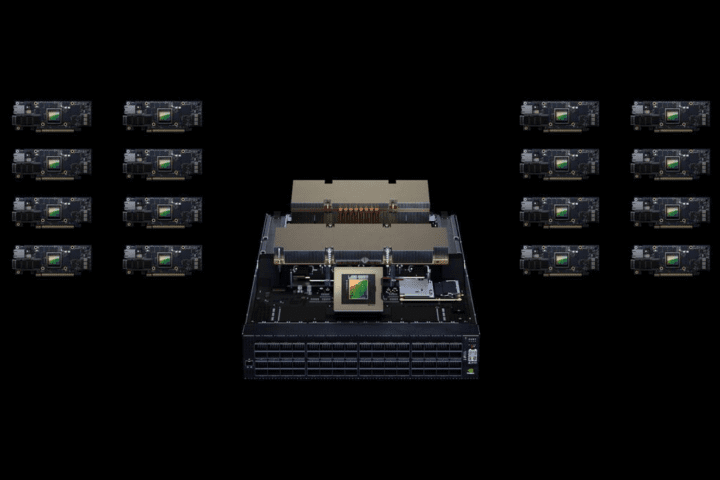Microsoft has created a new computer chip that works differently from any before – it uses a completely new type of matter that’s neither solid, liquid, nor gas. Called Majorana 1, this quantum chip could help solve problems that even today’s most powerful computers can’t handle.
Think of today’s computers as calculators that can only work with ones and zeros. This new chip works more like nature itself, able to process multiple possibilities at once. This means it could tackle complex problems like finding ways to break down plastic pollution or creating buildings that can repair themselves.
“We took a step back and said ‘OK, let’s invent the transistor for the quantum age,'” explains Chetan Nayak, Microsoft’s technical fellow. Just as the invention of transistors led to smartphones and laptops, this new technology could lead to computers that solve problems in entirely new ways.
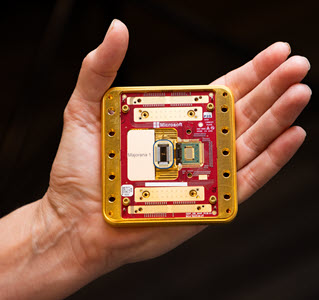
The Power of Small
Microsoft’s quantum chip fits in the palm of a hand and can be deployed inside Azure datacenters. It uses special materials – indium arsenide and aluminum – arranged atom by atom, like building with the smallest possible building blocks.
Similar Posts
This compact size represents a significant advancement in quantum computing design. While the exact power consumption details aren’t available, the chip’s ability to fit in standard Azure datacenters suggests potential for efficient operation at scale.
Real-World Impact
The chip could help:
- Break down microplastics into harmless byproducts
- Develop self-healing materials for construction and manufacturing
- Boost soil fertility to increase food yields
- Create sustainable solutions for food production in harsh climates
“Any company that makes anything could just design it perfectly the first time out,” says Matthias Troyer, another Microsoft technical fellow. Instead of years of trial and error in laboratories, companies could use these computers to find the right solution immediately.
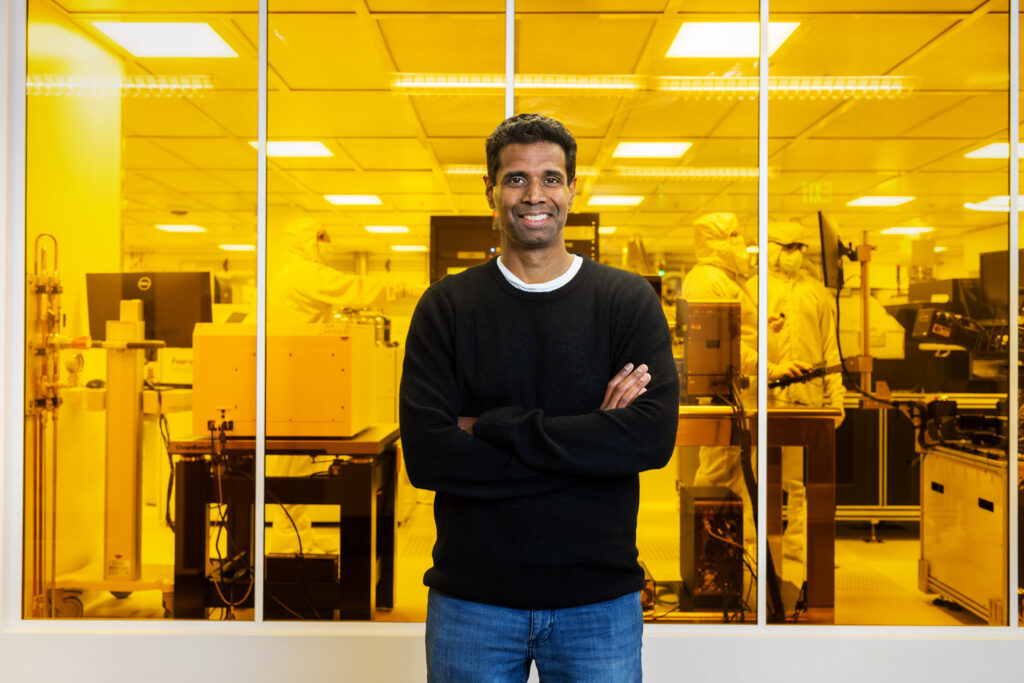
Current Limitations
Not everyone shares Microsoft’s optimism. Nvidia’s CEO Jensen Huang believes useful quantum computers are still 20 years away. The technology also needs more testing outside Microsoft’s labs.
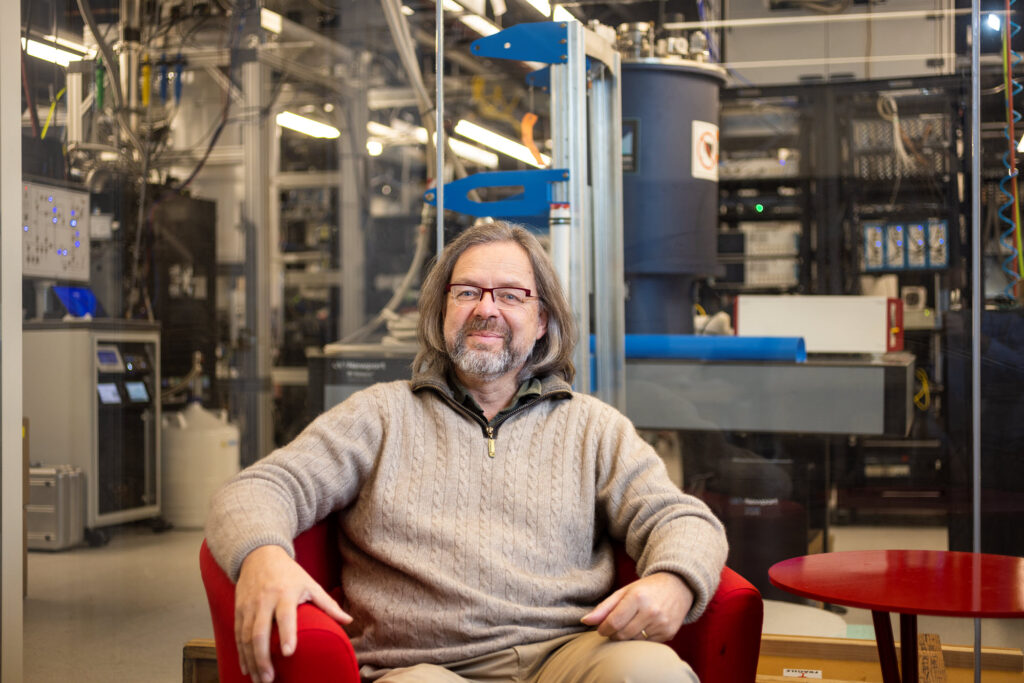
“If we really can print this technology to chips the size of your hand, that’s just as revolutionary as the silicon transistor,” says Troy Nelson, cybersecurity expert at Lastwall. “But we need to see more real-world testing.”
Microsoft’s Achievement in Numbers:
- Nearly 20 years of research led to this breakthrough
- Microsoft aims to develop a path to a million qubits
- Current version has eight topological qubits
- Operates at approximately 400 degrees below zero (specific temperature scale not mentioned in source)

Looking Ahead
Microsoft believes this breakthrough will allow them to create a truly meaningful quantum computer in years, not decades. When combined with artificial intelligence, these quantum computers could revolutionize how we solve environmental problems, design new materials, and develop life-saving medicines.

The breakthrough shows particular promise for future computing applications. The technology could enable more efficient ways to solve complex industrial and scientific problems. The ability to fit these systems within existing data centers suggests a practical approach to implementing quantum computing technology at scale.
